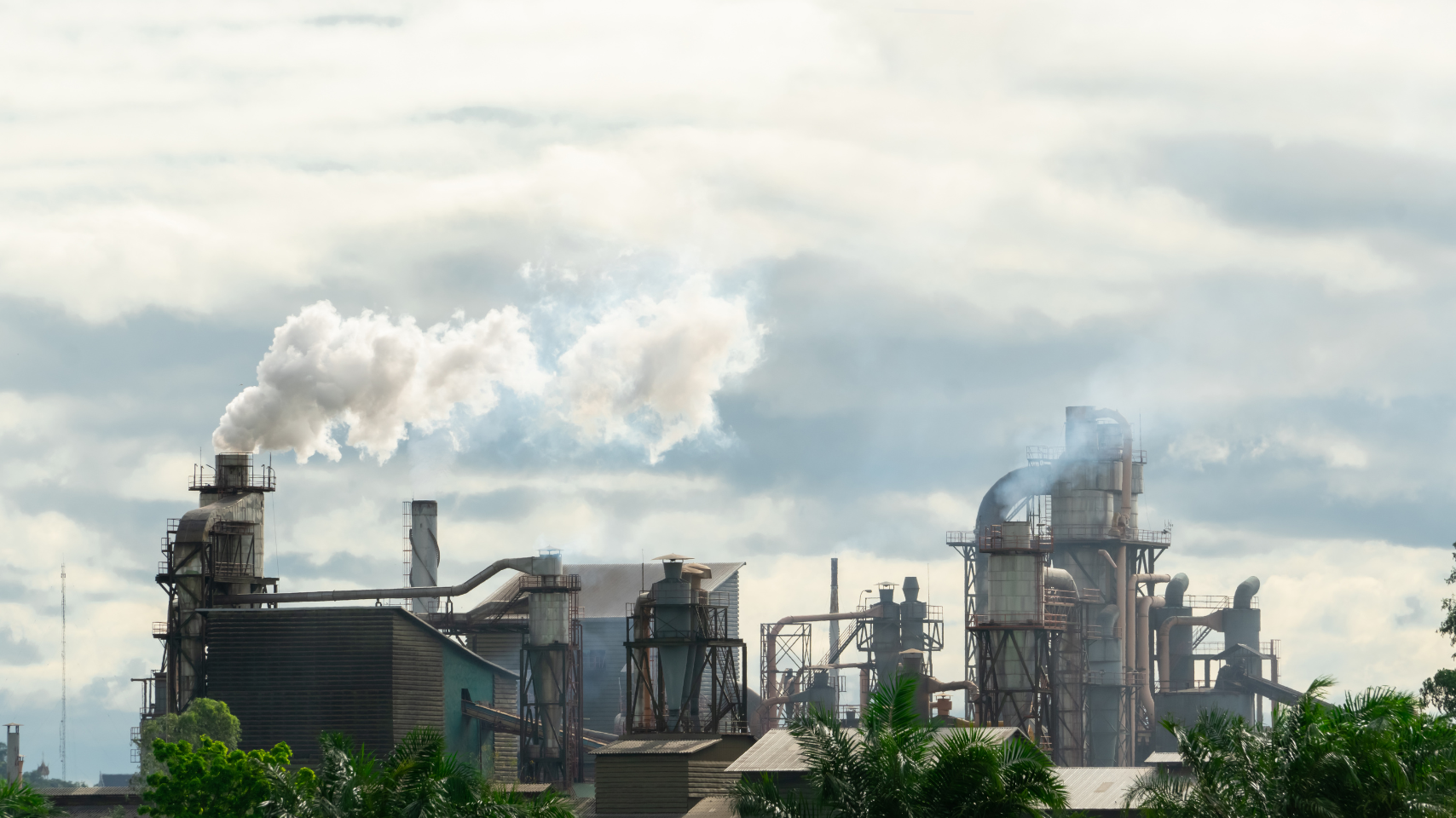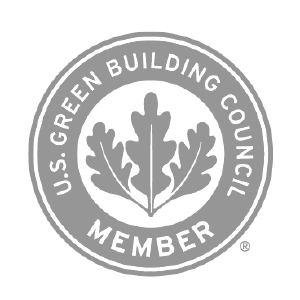IN A NUTSHELL — BAMBOO IS BETTER
Not only is bamboo the best eco-friendly alternative to building with timber from a green perspective, it actually performs better in University tests that measure things like tensile and compressive strength. And in real world events like hurricanes and earthquakes, well-constructed bamboo homes (like the ones we create) stand strong while conventionally-built structures often don't.
As strong as mild steel with the compression strength of concrete. Amazingly, one inch of bamboo can hold up to 7 1/2 tons of weight.
In 1992, 95% of all homes were built with softwoods like Douglas fir. University studies show softwoods can't match bamboo's compression and tensile strength.
Tests show that termites refuse to eat even untreated bamboo.
Termites continue to cause significant damage to wood homes, requiring continued treatment with chemicals.
Bamboo Living Homes surpass the toughest hurricane codes in the USA, and in 1995, our homes withstood three back-to-back hurricanes with 173 mph winds.
Recent tests show that conventionally built wood homes can't stand up to even 100 mph winds.
Bamboo bends instead of breaks. In April 1991, twenty bamboo houses built for the National Bamboo Foundation in Costa Rica suffered no structural damage from a 7.5 Richter scale earthquake, despite being directly over the epicenter.
The same earthquake leveled scores of conventionally built homes, hotels, and resorts.
Our homes exceed California Air Resources Board standards. And all of our materials are minimally treated with natural borates to better resist mold and mildew.
New home construction increasingly uses "manufactured" woods like particle board bonded with adhesives and polymer materials which can lead to reduced indoor air quality from volatile organic compounds (VOCs).
THE BRILLIANCE OF BAMBOO
Discover the several additional benefits bamboo plantations have to offer!
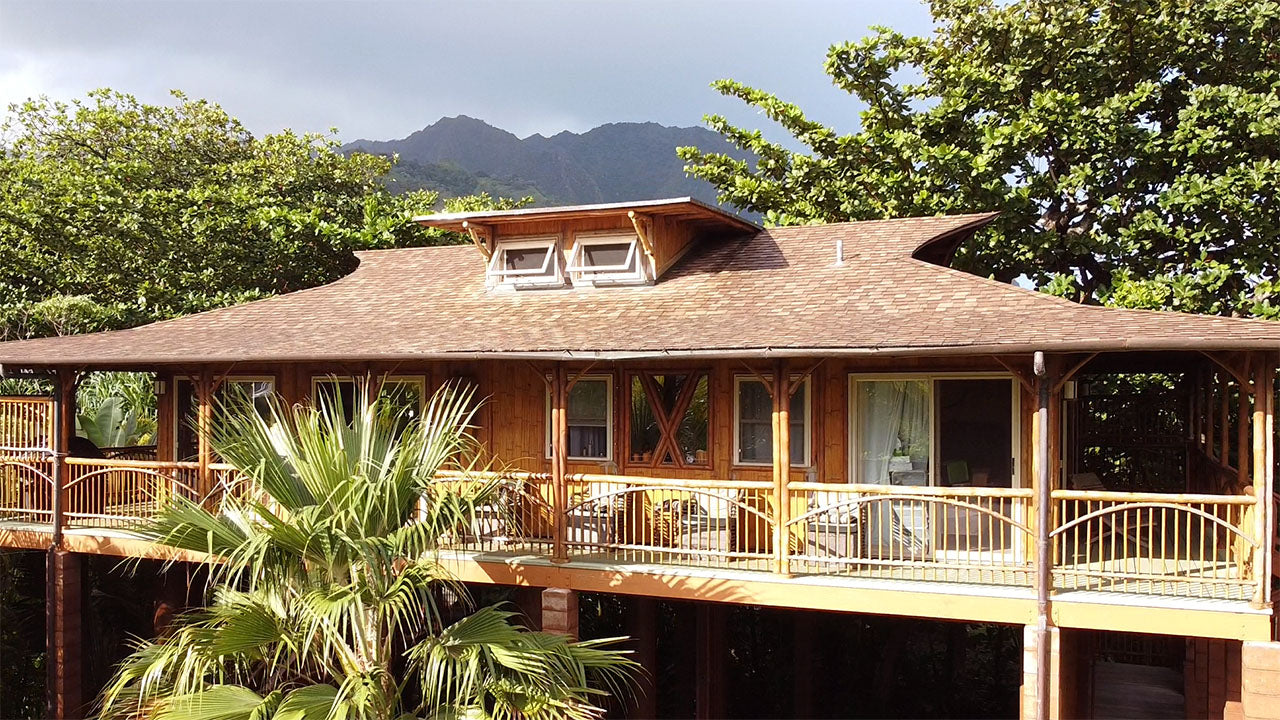
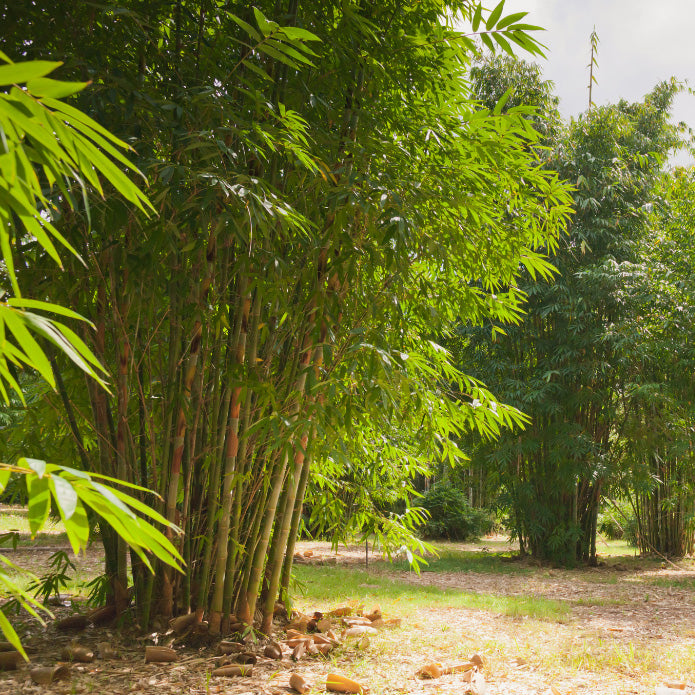
CARBON SEQUESTRATION
Each year, human activities generate over 30 billion tons of carbon dioxide equivalent. Bamboo offers one of the fastest natural solutions for removing substantial amounts of this carbon dioxide from the atmosphere. Serving as a carbon capture and storage system, bamboo absorbs CO2, transforming it through photosynthesis into sugars. These sugars are then converted into the compounds that form bamboo fiber, with half of bamboo's weight being carbon. Thus, the carbon from the atmosphere is locked within the bamboo fiber itself. Once treated with natural borates and utilized in construction, bamboo effectively sequesters and stores this carbon for up to a hundred years.

Growing forests absorb CO2, and like trees, bamboo sequesters carbon dioxide, turning it into plant fiber. When bamboo and wood are used to construct houses, the carbon is effectively stored for the duration of the building's life. In this way, bamboo homes serve as a carbon capture and storage system. There's compelling evidence that clumping bamboo plantations yield significantly more biomass than trees, enabling bamboo to produce more homes and sequester more carbon compared to the same area covered with trees.
TIMBER GRADE
Bamboo Living Homes are constructed using a unique tropical clumping bamboo species. The bamboo poles, measuring 3 ½ inches in diameter with a wall thickness of ¾ inch, are exceptionally strong and flexible, making them capable of withstanding the intense forces experienced during hurricanes and earthquakes. With twice the compression strength of concrete and a strength-to-weight ratio comparable to mild steel, the hollow tube shape of bamboo offers 1.9 times more strength than a similar solid wood beam.
We're proud that our Bamboo Living homes are the first and only bamboo structures worldwide to achieve ICC-ES certification from the International Code Council, signifying that they have met and surpassed all standard tests and can be approved globally. Furthermore, our homes' engineering exceeds even Florida's Miami-Dade County’s strictest hurricane codes, demonstrating that bamboo is not only an eco-friendly choice but also a superior construction material.
Embracing bamboo's full benefits requires openness, creativity, and some rethinking. We’re often asked about the strength of a bamboo house in supporting a heavy roof alongside solar and hot water panels. Our answer is a resounding, “ABSOLUTELY!”
BENDS, BUT DOESN'T BREAK
Bamboo Living Homes are crafted to not only meet but surpass international standards for earthquakes and hurricanes. They also exceed the stringent hurricane codes of Florida's Miami-Dade County. In 1995, our beautiful bamboo homes faced a true test on Rarotonga Island when three Category 5 hurricanes struck in February, destroying or severely damaging the majority of timber structures. Despite winds reaching 278 kph (173 mph), our Bamboo Living bungalows remained standing. Homeowners were thrilled with their decision to build with bamboo. READ FULL ARTICLE
BEFORE/AFTER
A Bamboo Living cottage in Rarotonga during and after the hurricanes. Slide the bar over to reveal the full image.
The cottage was boarded up to protect the glass windows. The roofing sustained some damage, but the cottage structure was completely unharmed and is still in use as a beautiful resort rental today.
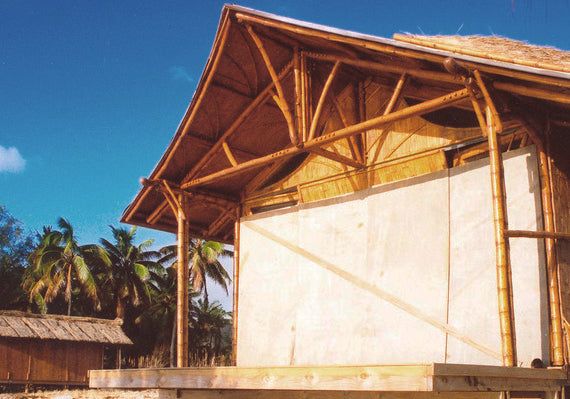
Image Taken in 1995 During Hurricane Season
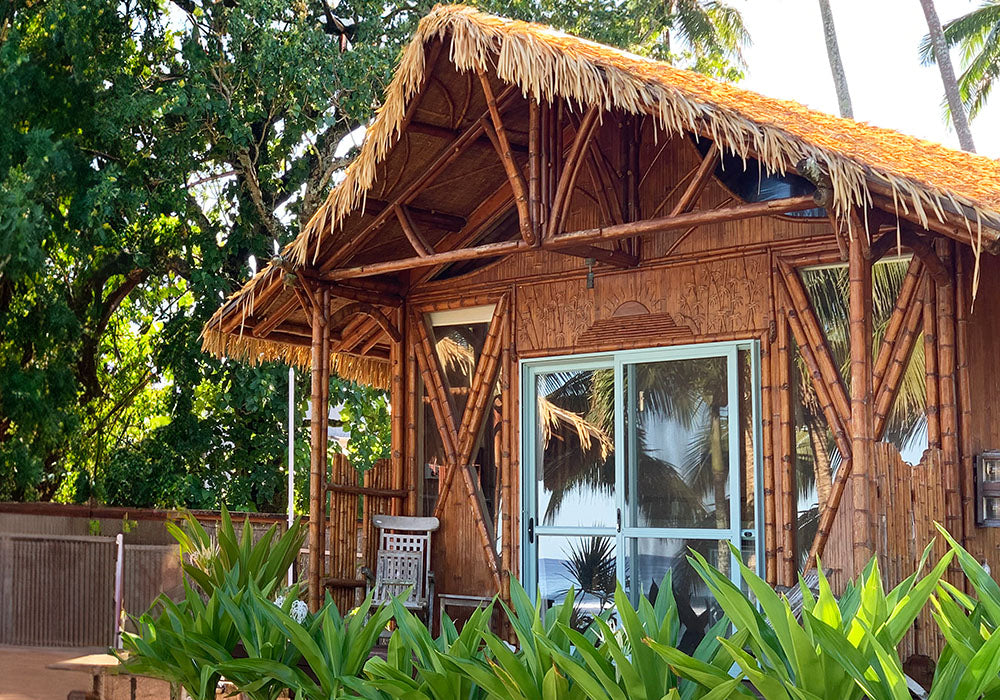
Image Taken in 2020
Bamboo Living's buildings are expertly engineered by licensed structural engineers to meet the need for resilience in our changing climate. These homes excel in durability thanks to the inherent strength of structural bamboo. Through both testing and real-world application, bamboo has proven to be a superior building material. In the U.S., building materials are typically tested only until initial failure. However, researchers at IIT in Delhi, India, continued testing bamboo beyond this point by adding more load. Unlike concrete and steel, which fail catastrophically, bamboo continued to perform, offering an additional layer of safety that isn't present in traditional construction materials. Simply put, bamboo is better!
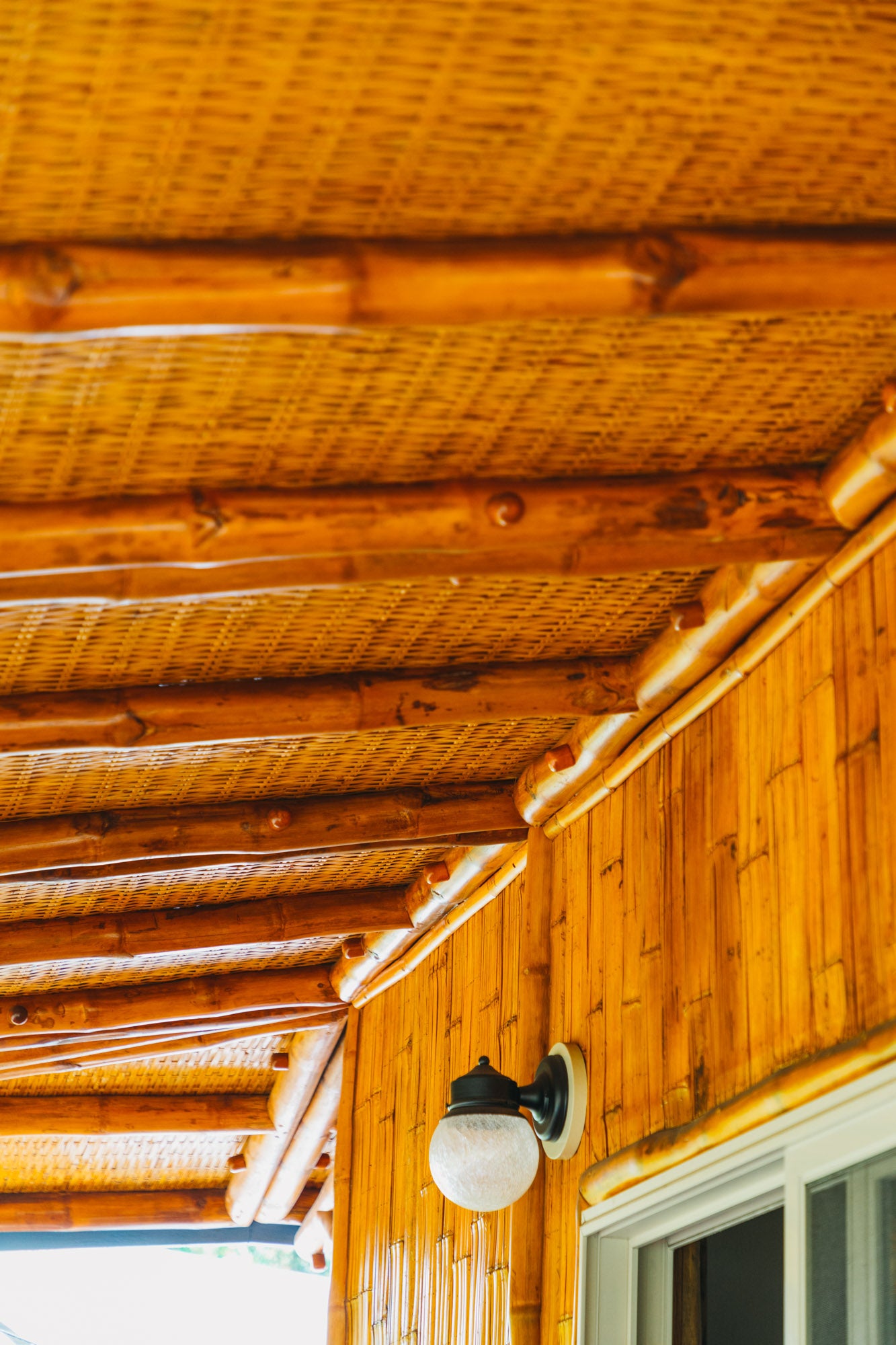
GOODBYE, TERMITES & PESTS!
For over 23 years, Bamboo Living has crafted homes with structural bamboo, and our first home remains in excellent condition to this day. Choosing bamboo for construction is a wise decision, particularly in combating the threat of insects like termites. Unlike other woods, bamboo naturally resists these pests due to its high silica content, which termites find unappealing. At our factory, Bamboo Living structural poles undergo thorough treatment with natural, non-toxic borates, inspected by third parties. We apply a higher concentration of borates than what's typically used for conventional lumber, making bamboo an inhospitable environment for termites when treated properly.
Borates offer a safe, simple, and highly effective method to protect all wood types, including bamboo, against insects or decay. This treatment preserves both wood and bamboo for more than fifty years, ensuring low toxicity and long-term durability. Homeowners can rest assured knowing their Bamboo Living structures are safeguarded against these threats. Additionally, all bamboo materials used in our homes, such as woven bamboo strands, cross-laminated products for cabinetry and millwork, bamboo weavings, and split bamboo siding, receive the same protective treatment at our factory.
That's why Bamboo Living confidently offers a 10-year warranty against any structural damage on all our eco-friendly prefab home designs. Our homes are built to stand the test of time.
It's true! If bamboo made up even a modest market share of conventional building materials, the climate impact could be monumental. If we can replace wood, concrete, and steel with bamboo at 12% of global construction, that would address one-third of humanity’s entire output of CO2. This figure includes bamboo’s actual carbon drawdown as well as the emissions avoided from steel and concrete production and cutting down trees for lumber. At Bamboo Living, converting this ambitious projection into reality is our ultimate goal.
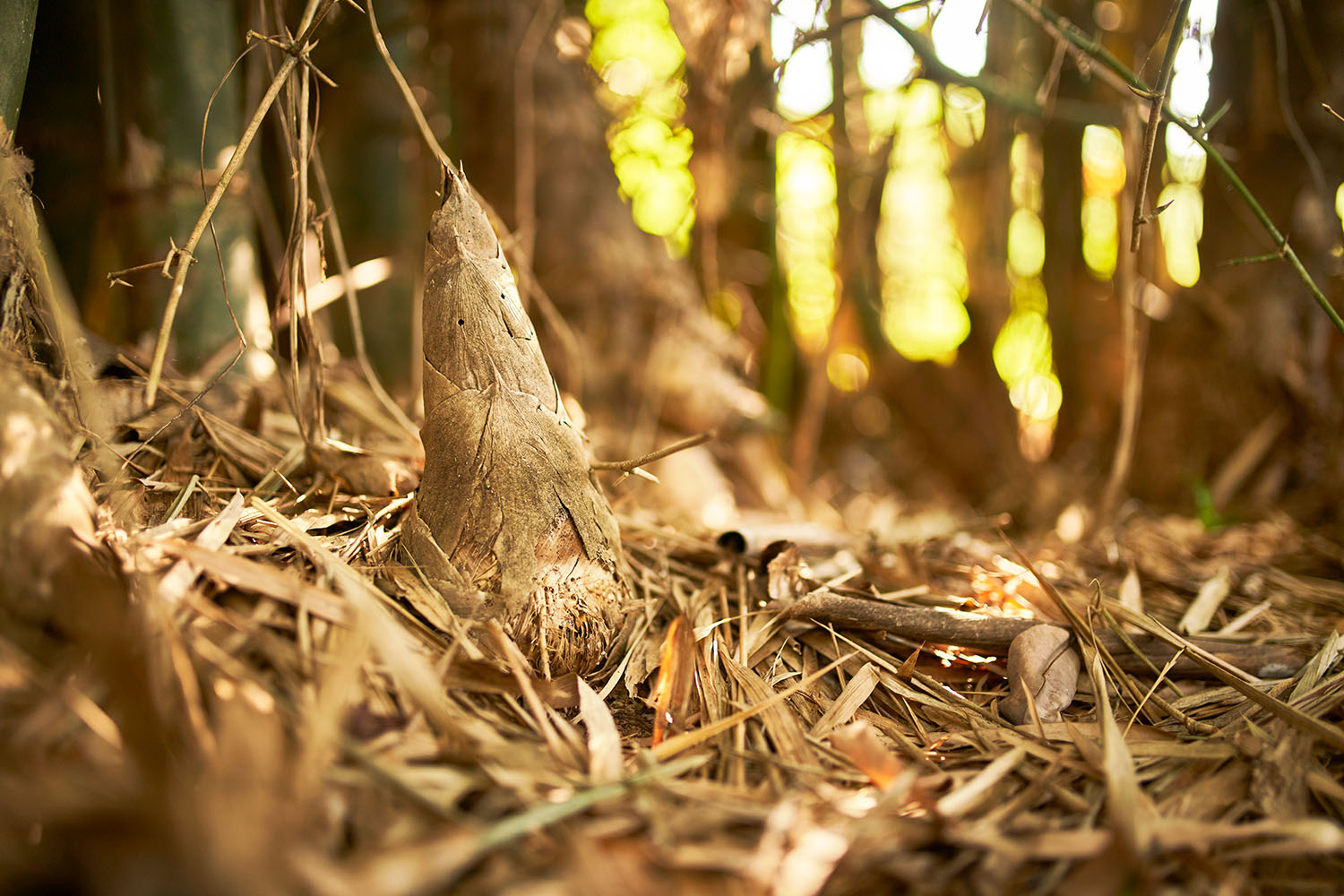
Our ability to change the planet grows faster than our capability of understanding the consequences of our actions. Meeting the needs of our population without compromising the health and well-being of future generations is imperative.
Sustainability helps us evaluate and minimize the consequences of our daily lives while preserving resources for those that will follow in our footsteps. Sustainable living requires not only being environmentally conscious but socially and economically considerate as well.
By using bamboo to curb our use of wood as a building material, we introduce sustainable building practices which preserves forests and natural resources. Our focus is to increase the efficiency of material usage while reducing our impact on our health and the environment.


